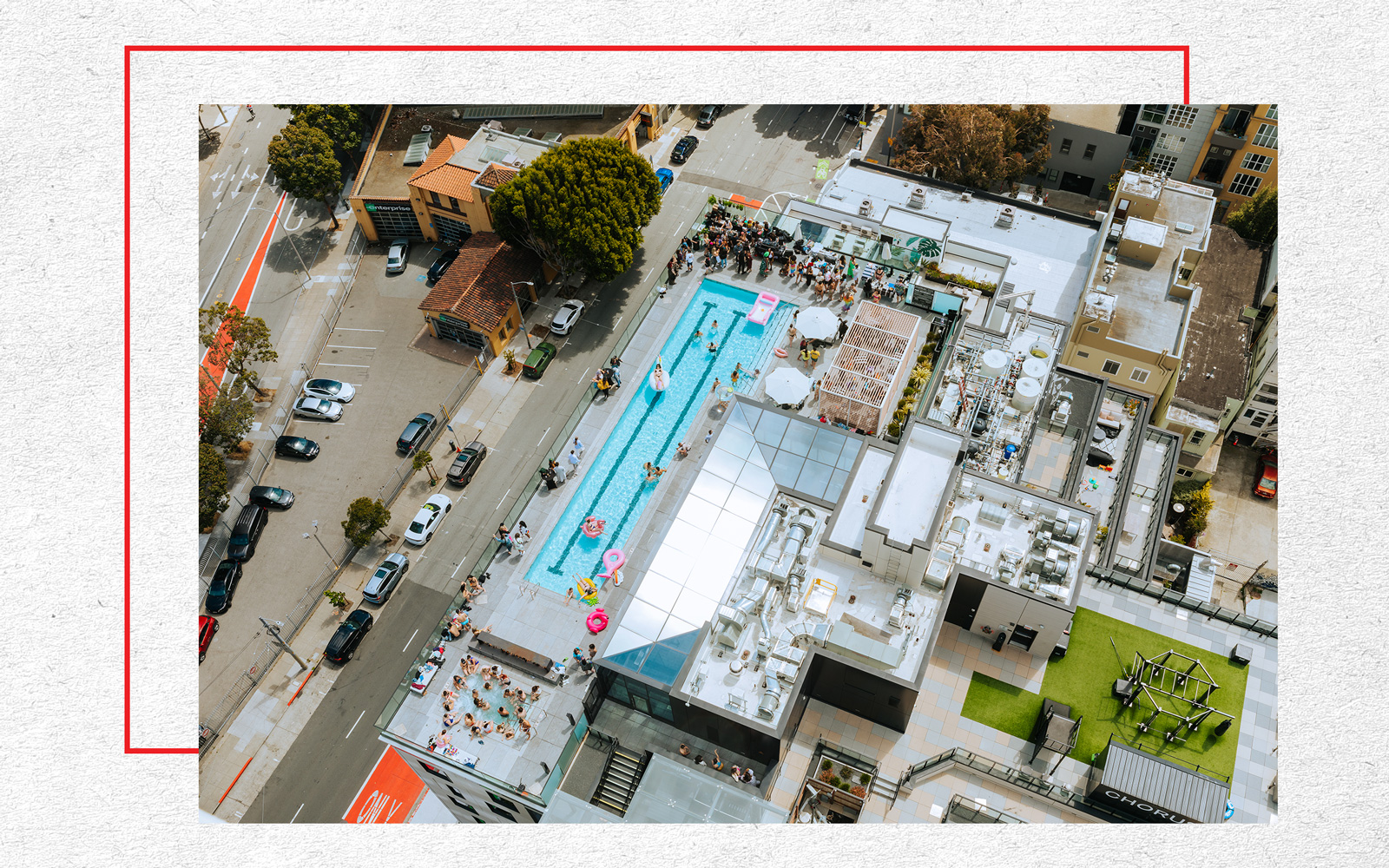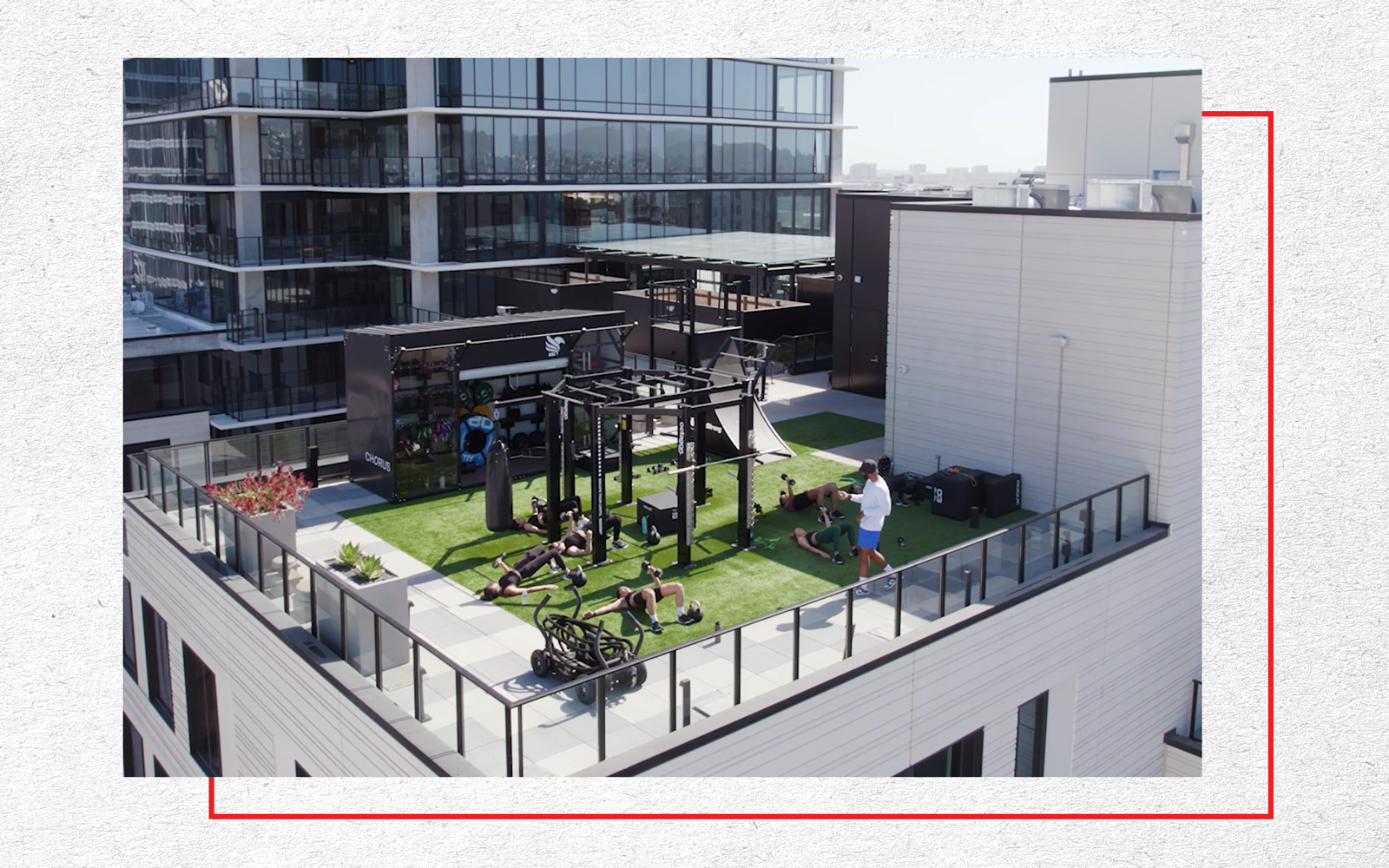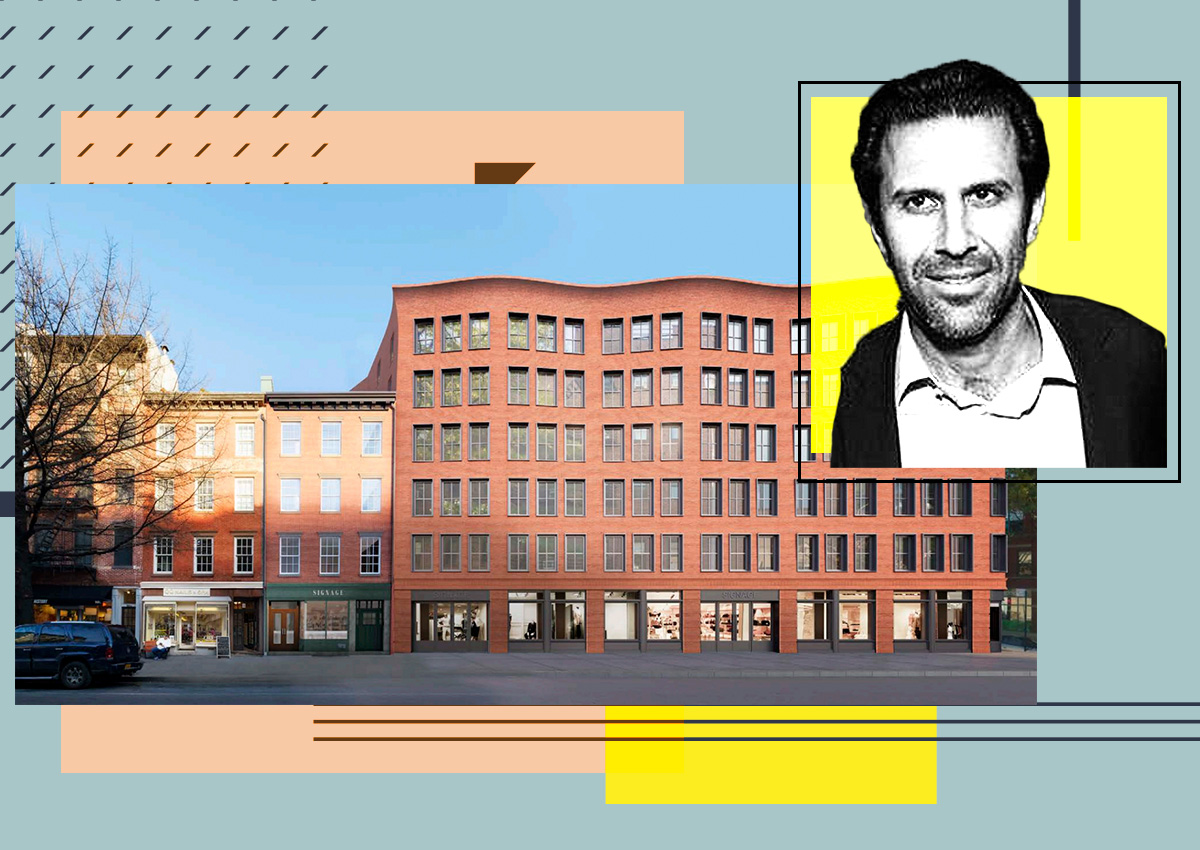The luxury sector of the apartment market has been on the rise as high-income millennials and Gen Zers continue to be priced out of homeownership.
Nationwide, average Class A monthly rents are $660 less than the average monthly mortgage, according to a recent report from brokerage Marcus & Millichap. And in high-priced markets such as San Francisco, San Jose, Oakland, Seattle and Denver, those affordability gaps total to more than $2,000 a month.
Perhaps not coincidentally, those are the markets where Sentral, a hospitality-focused apartment management company, operates. The Denver-based company, which is backed by more than $500 million in initial investment from San Francisco-based Iconiq Capital, also has brought its amenities, event programming and tech-enabled platform to high-end apartment developments owned by other landlords in Miami, Chicago, Austin, Atlanta, Philadelphia, Nashville, Phoenix and elsewhere. Just the Iconiq buildings Sentral manages represent over $2 billion in multifamily properties, according to the company.
Eighty-five percent of Sentral’s units are unfurnished long-term rentals and 15 percent are short-term furnished rentals, according to the company. It also partners with Airbnb to help tenants rent their units out when they are away.
Lisa Yeh joined the company as COO in 2021, after holding senior positions at Essex Property Trust, AvalonBay Communities and CityView. She recently became Sentral’s president.
TRD spoke to Yeh about the vigilance required to manage San Francisco apartment buildings, why a 12-month lease may soon go the way of CDs in music retailing and how to create the engagement luxury tenants crave.
This interview has been edited and condensed for clarity.
What sets a luxury community apart from a typical apartment building?
Service. They want to know that you know their name, their dog’s name. It’s just like the difference between a five-star hotel and a three-star hotel. The physical space could be very similar, but it’s the attention to detail, and the people that you hire, and the services that you provide. We’re essentially selling a lifestyle, and to go with that lifestyle you need people that understand, that can create that vibe and are consistent in delivering that type of service.

How has the overall downturn in the San Francisco rental market affected luxury rentals?
I think we’ve all read the news about San Francisco where there is population leaving. And with that, demand has been impacted and it also requires landlords and property management companies to be sharper operators.
The key difference between us and other operators is that most of our team comes with some type of hospitality experience. For example, every community has resident events. Most apartment communities, they’ll just say, “Hey, there’s a resident event. Let me throw down some cheese and wine, and then call that a resident event and have the residents just go at it.”
We think those events are not engaging. When you’re dealing with a luxury clientele, they want to make sure that, one, you’re not wasting their time, and, two, that you have experiences that they can talk about, and that’s meaningful and memorable, and that is also sticky.
Has a hospitality focus been missing in the apartment industry?
Hotels just do it better. When we as customers walk into an apartment building versus a hotel, the hotels just have more energy. The moment you check in, they’re making eye contact. They’re happy to see you.

Unfortunately, I think in the multifamily space there’s been a movement of, let’s move staffing off the assets. There’s a sense that we think that customers don’t want to interact. But what we found is that customers want the option to interact with you. Multifamily builds these absolutely gorgeous amenities. But you need somebody that knows the space to activate it.
I’ll give you an example. Chorus is one of our most luxurious projects — that’s in SoMa (South of Market in San Francisco). There’s a former NFL player that is running that fitness center that lives there as well. So he has curated the experience of the fitness center to a different level. Would you rather drive a race car by yourself, or drive a race car with a NASCAR driver? The experience is completely different.
What about the business model?
The challenge is that hospitality runs at much lower margins than multifamily because of all the people. I asked somebody who runs a hotel with 300 rooms how many people he has working there and he said about 80, including food and beverage and housekeeping. In a multifamily building, it’s probably eight.
We operate the building like a multifamily building, we’re just trying to get all the upside and benefits of hospitality, in terms of service and revenue, but with a much smaller staff. There’s a way to do it where you blend a little bit of both together. That’s why our buildings are not 100 percent short-term, because then you would lose that operating margin.
What factors are unique to rentals in the Bay Area that you don’t see in other markets where Sentral has properties?
San Francisco renters are very focused on technology. They want everything at their fingertips. So we do have an exclusive Sentral resident app where the resident can pay rent, do a work order, look up all the events and book an amenity space. They could even book a Tesla rental car if they wanted to. I think renters in other markets want it, but it’s almost a must in San Francisco at this point.
The other thing is, although these people go into the office, oftentimes they also work partially from home. So how the kitchen is laid out is obviously important in terms of having the option for them to have a space to work out of. That’s not unusual, but it’s probably more heightened in San Francisco.
We also have private spaces that they can rent out like a conference room. So again, it’s how do you provide all the services they need in one building?
What are the big challenges for apartment owners?
It’s no secret that interest rates combined with some markets where the rents are not going up as fast, or you see declining rents and occupancy, have put a lot of pressure on multifamily owners. Some of them have variable debt that has resulted in the need to generate higher cash flow because they can’t make their debt payment.
You can only cut costs to a certain point, and that’s what a lot of operators will start doing. We advise against that because when you start cutting costs, you’ll start seeing rents come down. So our model is really about, how do you drive higher revenue?
In some sense, these challenges have brought us more inbound interest because they’re realizing, “I can’t get rid of the asset. I can’t make the debt payment. I’ve got to figure out some other path.”
In buildings where Sentral has taken over management, what are the return on investment for owners?
I’ll talk about the portfolio as a whole. We can usually see about a 5 to 10 percent NOI uplift and then on top of that if we build in our experiences, that could be another lift of 5 percent. And then with our flexible stay, that could be another lift of 10 percent. So it really depends on how much juice is left in each asset. Some assets that are not managed well, we can come in and and push almost up to a 30 percent NOI uplift. For certain assets where it’s run better but we can put in certain components of our model, we can see an NOI uplift of 10 to 15 percent.
Usually, our flexible stay, nightly, will rent out at a 137 percent premium over unfurnished. So if an unfurnished apartment goes for $4,000 a month, that exact same apartment if I were able to do it nightly, I can get probably around $9,000. That allows the owners to get out of certain situations. In California, we should be looking at and considering allowing shorter terms of stay because that is a mechanism that will allow some owners to generate cash to pay their debt payment.
Who are the furnished apartment renters?
Furniture has become such a cheap commodity that the cost of moving that furniture is probably more than what that furniture value is when you depreciate it. So it doesn’t really make sense for a lot of renters anymore. Why would you want to be responsible for moving your furniture? Most of the damages happen when you’re moving the furniture. Why not just have somebody furnish it for you, and you can move from one city to another city?
We’re seeing that people want the flexibility and the mobility.
Are there any particular markets most interested in furnished units?
We have about 1,000 furnished units right now and about half of those are what we call mid-length, which is more than 90 days. Those customers exist across the board in almost every single city. Folks just want the convenience of like, “I just want to sign my lease, and everything is in it, and I just show up with my suitcase. I could stay there three or four days out of the week, and I could be gone, and when I’m done with my lease, I don’t have to worry about the furniture or packing up all the stuff.”
I think that housing is changing. People don’t stay for 12 months. We’ve seen this disruption in music. We all had CDs when we thought we had to own music. Now, I don’t think any of us own any music.
The same thing is happening with housing. We have a relationship and a partnership with Airbnb that allows us to — not in San Francisco because it’s restrictive — but in other cities, we’re seeing that residents are like, “Wow, this makes sense, because not only do I not have to lug my furniture around, I can get for my rent paid when I’m not there.” I think we’re seeing people picking up on the inefficiencies of housing.
We’ve seen that some pandemic-era hotspots have cooled. What do you see in Denver, Nashville and Austin?
We still see a lot of interest in Denver. I think Denver is one of those great cities, and is in the middle of the United States, so you can have four seasons. We definitely see a lot of activity there. Our Nashville community is doing very well. That one is more of a transient demographic. Our Austin properties are also doing well.
We’ve all read the press that folks have been moving out of California, but I’ve lived in California my entire life, and I’m not sure there’s anywhere else I would live. I mean, earthquake and fire, I get it, but there’s just something magic in the state — and especially in San Francisco.
Read more



